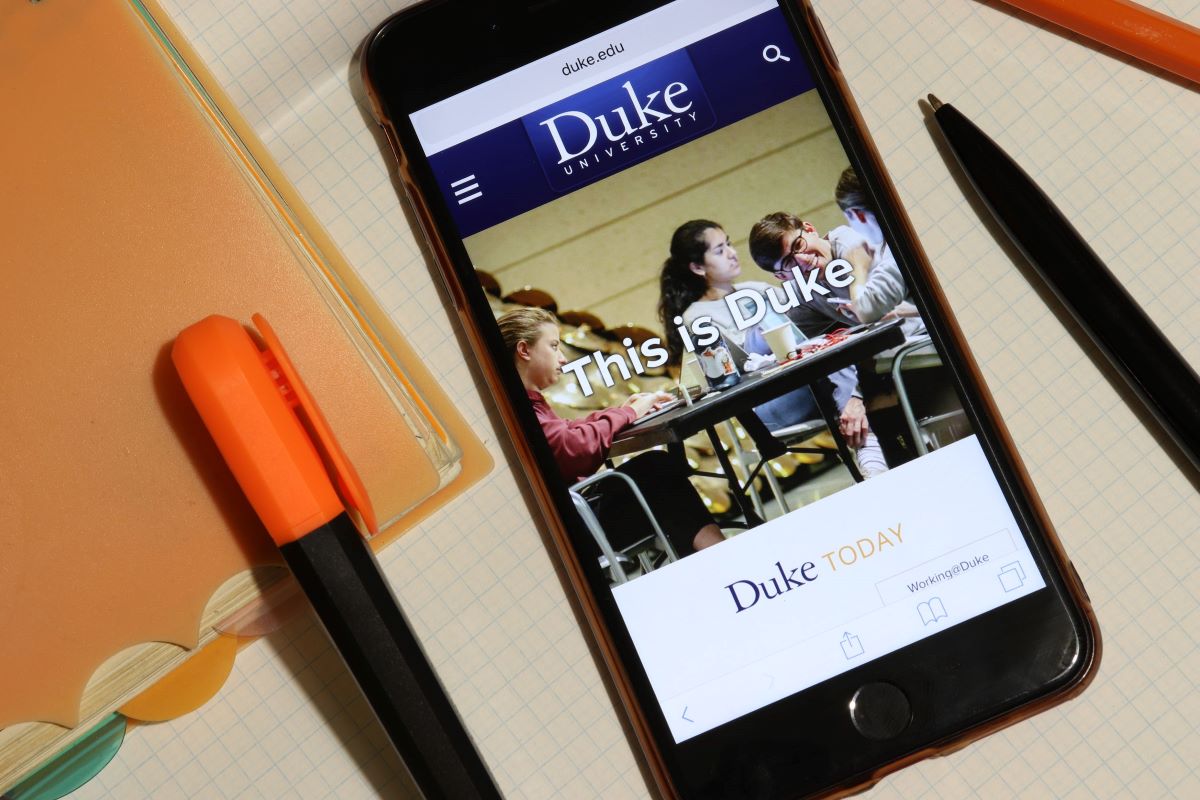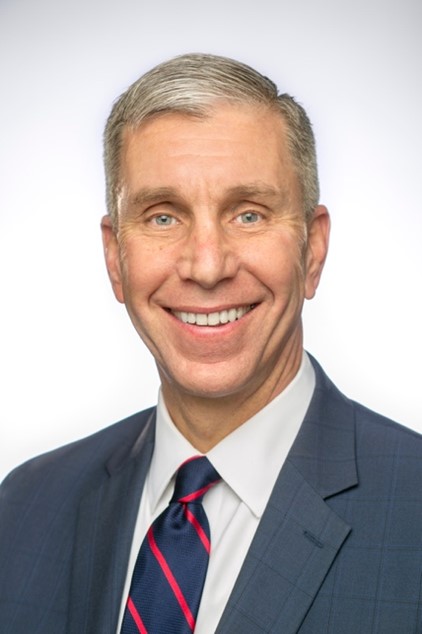A 6-element health coaching program finds high engagement at Duke University
A popular benefit offering well-rounded wellness opportunities for employees prepares for post-pandemic bounce back.

Duke University’s health and wellness program has long been a benchmark in the industry. A CDC study featuring Duke’s efforts demonstrated that wellness programs have measurable returns on investment.
The high-engagement program stands out as a long-term success program with proven ROI.
The program offers employees working eight or more hours a week free access to:
- Specialized, licensed nutrition and wellness coaches, with additional training in counseling strategies such as motivational interviewing, which is a directive, client-centered counseling style intended to help clients to explore and resolve ambivalence.
- One-on-one personalized goal setting.
- Flexible options for employees who want one area of coaching or both (nutrition and wellness).
- Specialty programs addressing tobacco cessation, weight loss, and risk factor improvements.
- Virtual options to cover both on-site and remote workers.
- A communication strategy that engages through well-used channels like direct messaging, employee-interest articles, a website, phone, email, video conferencing and in-person meetings.

“Employees engaging in this program build an ongoing personal relationship with their coach, which supports a natural sense of trust and commitment,” says Julie Joyner, senior program manager for Live for Life, Healthy Duke’s wellness brand. “Coaches assist in breaking down health behaviors into small achievable steps, while also keeping participants focused on building long-term healthy habits, which can be challenging for individuals to do in the face of life’s normal ups and downs.”
Wellness investment pays off
The results are significant. The program caps off members at 400, and it routinely has a waitlist. Overall, Duke has 51% of its employees participating in some aspect of its health and wellness program. In a 2015 study, the university found its mean monthly healthcare costs were $35 less for program participants than non-participating employees. Duke estimated it saved $2.53 for every dollar spent on the program.

Joyner says the wellness team is looking to expand the program as it opens back up this month. In addition to the current 12 monthly sessions, Duke is evaluating offering a more intensive coaching option for a shorter period of 12 weekly sessions.
“For those looking to jump-start their wellness, this may accelerate the benefit,” Joyner says. “We are also building strategies to make coaching accessible and effective for those employees who want a fully remote option by offering sessions via video chat and resources for tracking and education.”
Established program gets revamped
Duke’s robust health and wellness program began its modern iteration in 2017. It uses a strategic approach to make the university a healthy place for employees and students. Live for Life covers 40,000 university and hospital employees at its home in Durham, North Carolina.
The Healthy Duke culture focuses on five areas: Emotional well-being, food and nutrition, environment and culture, physical activity and movement, and fulfillment and purpose at work.
“At Duke, we have the good fortune of having a world-renowned health system that partners with our employee-wellness program in developing interventions to help address potential health concerns such as diabetes before they become chronic conditions,” says Vice President of Administration Kyle Cavanaugh. “Then we provide targeted programs, coaching and incentives to help participants improve their health and quality of life, as well as reduce medical expenses for the individual and the institution.”

The health and nutrition opportunities include:
- One on one nutrition and fitness consulting.
- A 10-week weight loss group.
- Grocery store tours.
- A farmer’s market, mobile market and teaching garden.
- Classes such as Healthy Eating on a Budget, Packing a Healthy Lunch, Sensible Snacking, and cooking demonstrations.
- A run/walk club (both in-person and virtual).
- A fitness club that offers discounted memberships.
- Group exercise classes, featuring yoga, strength training, and Zumba.
- A self-paced incentive program for stairs-use and strength-training.
“I think personal engagement has been absolutely critical to the success of our nutrition and fitness coaching programs,” Cavanaugh says. “Getting a phone call to talk about your specific health is much more engaging than receiving a generic email about potential resources available to you. We use that high-touch approach where we know we have employees who have or are at risk of developing chronic conditions, and it has proven to be very effective.”
Pandemic pause
Duke’s wellness program chose to pause for the first time since its inception in 1988 when the COVID-19 pandemic hit last year. As both a college campus and a hospital, the need to shift focus to a COVID response and care for these two significantly at-risk populations was obvious. With programs on hold, the health and wellness team took up contact tracing and testing instead.
“We’re just putting our toe back in the water,” Joyner says. “We’re going to start back not knowing how some of these variants are going to affect our community, so we’re going to put in place programs we can easily pause if we needed to pivot again.”
COMMENT
Ragan.com Daily Headlines
RECOMMENDED READING
Tags: Duke, engagement, health coaching, ROI, Wellness

